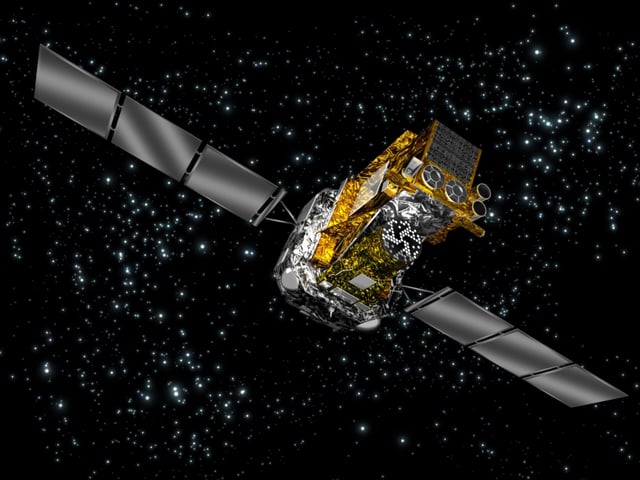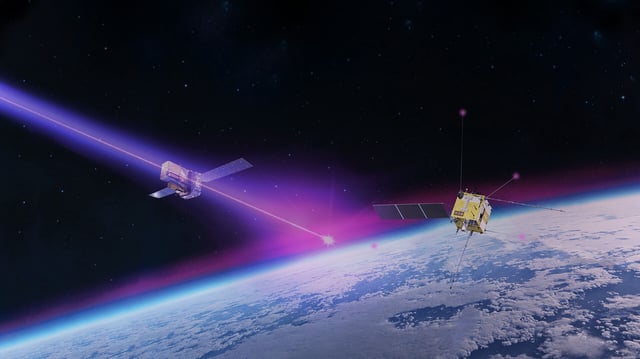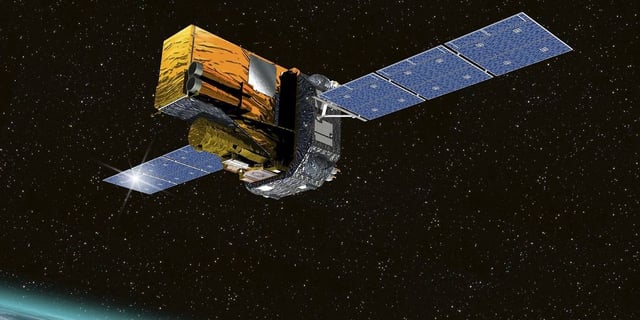Overview
- Integral, launched in 2002, was the first observatory to simultaneously capture gamma rays, X-rays, and visible light from space.
- The mission provided critical insights into gamma-ray bursts, tracing their origins to supernovae and neutron star collisions.
- Integral contributed to breakthroughs in gravitational wave research and identified sources of ultrahigh-energy neutrinos.
- Recent discoveries include the most powerful gamma-ray flash ever observed and evidence of thermonuclear explosions driving jets in neutron stars.
- Although scientific operations have ended, Integral's data archive will support future research and inspire new space missions.


